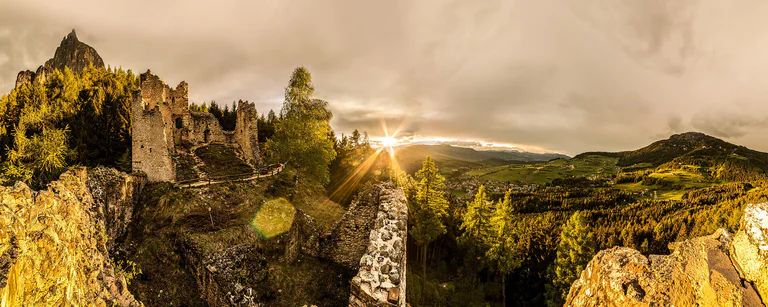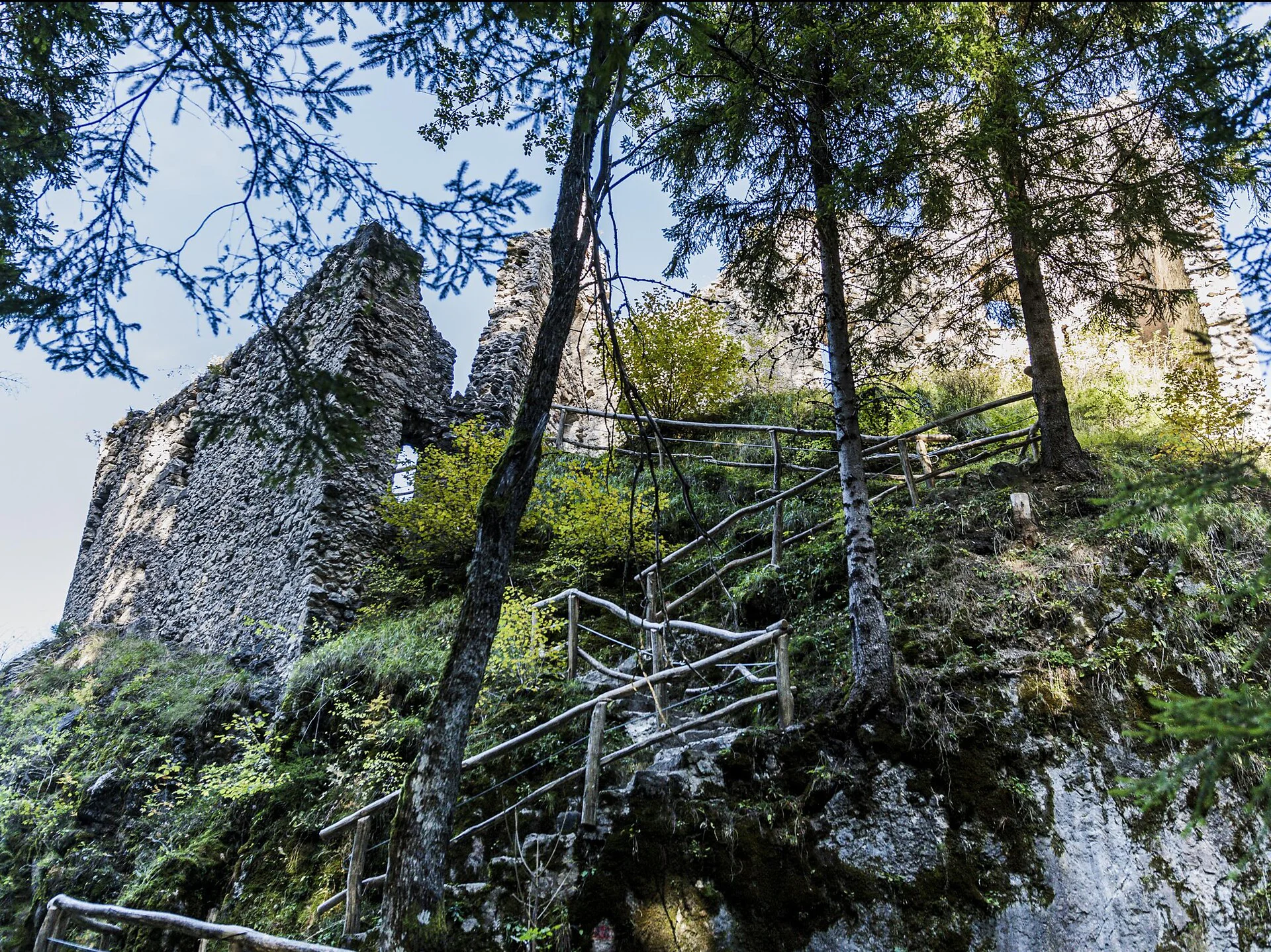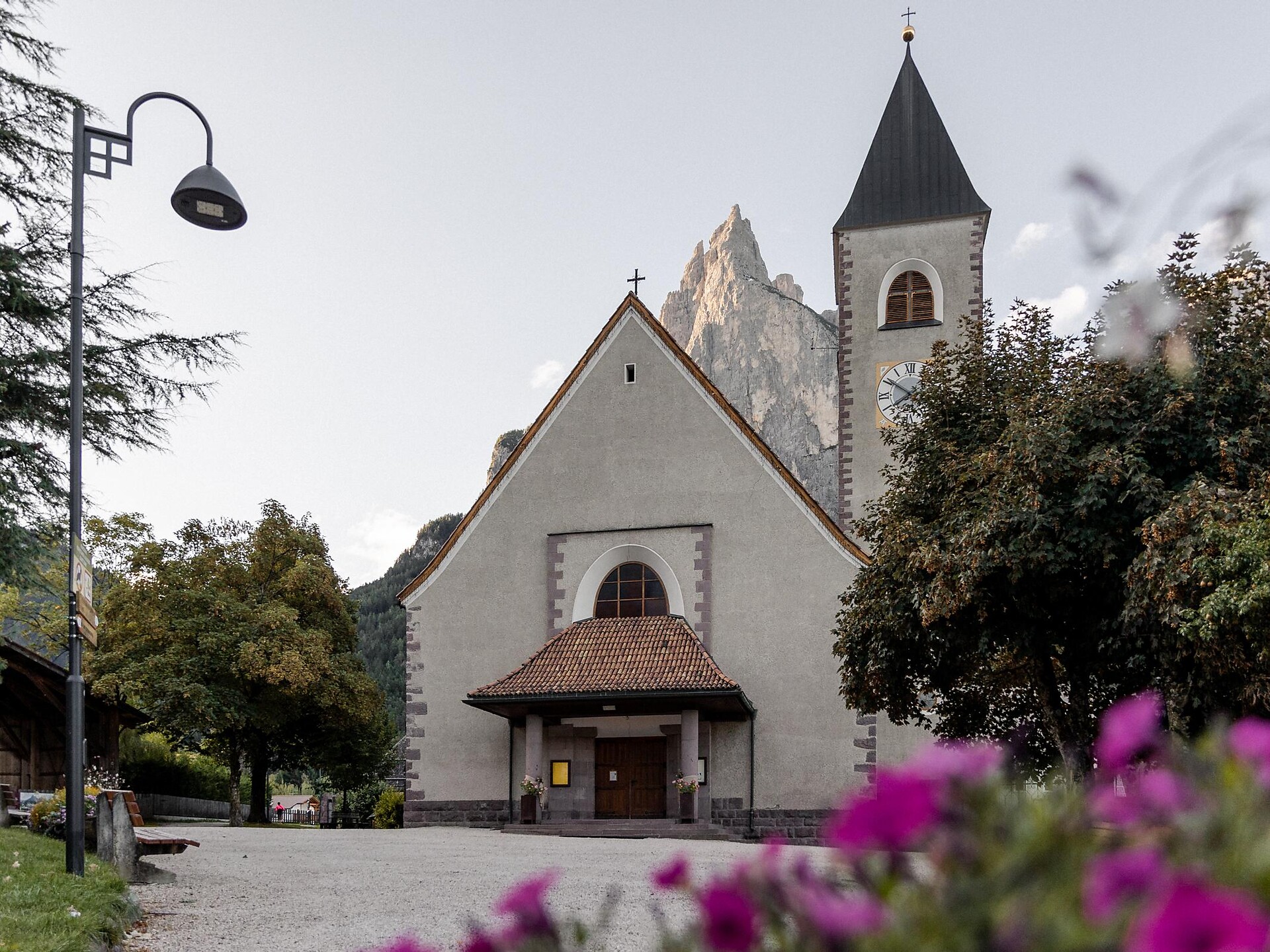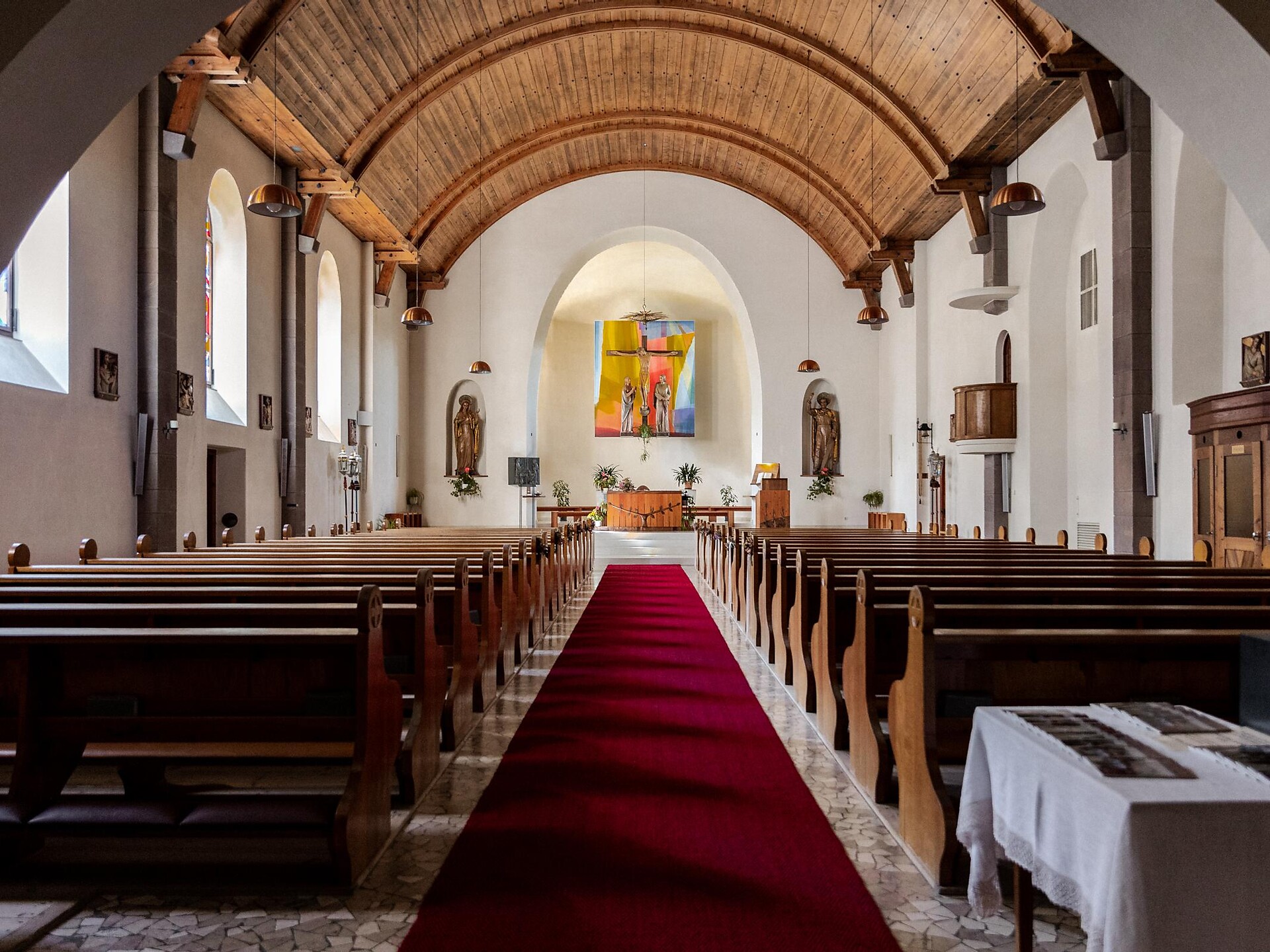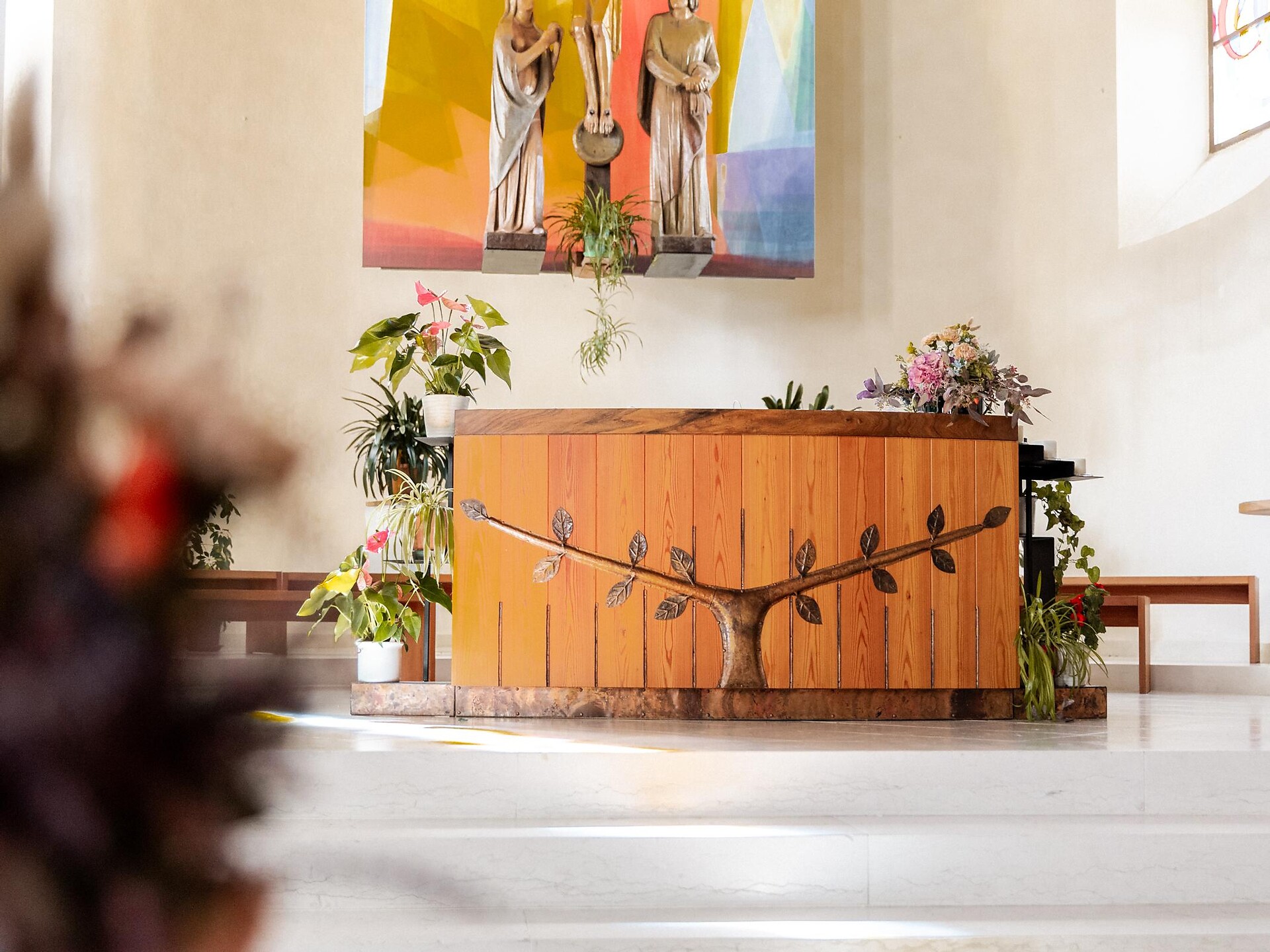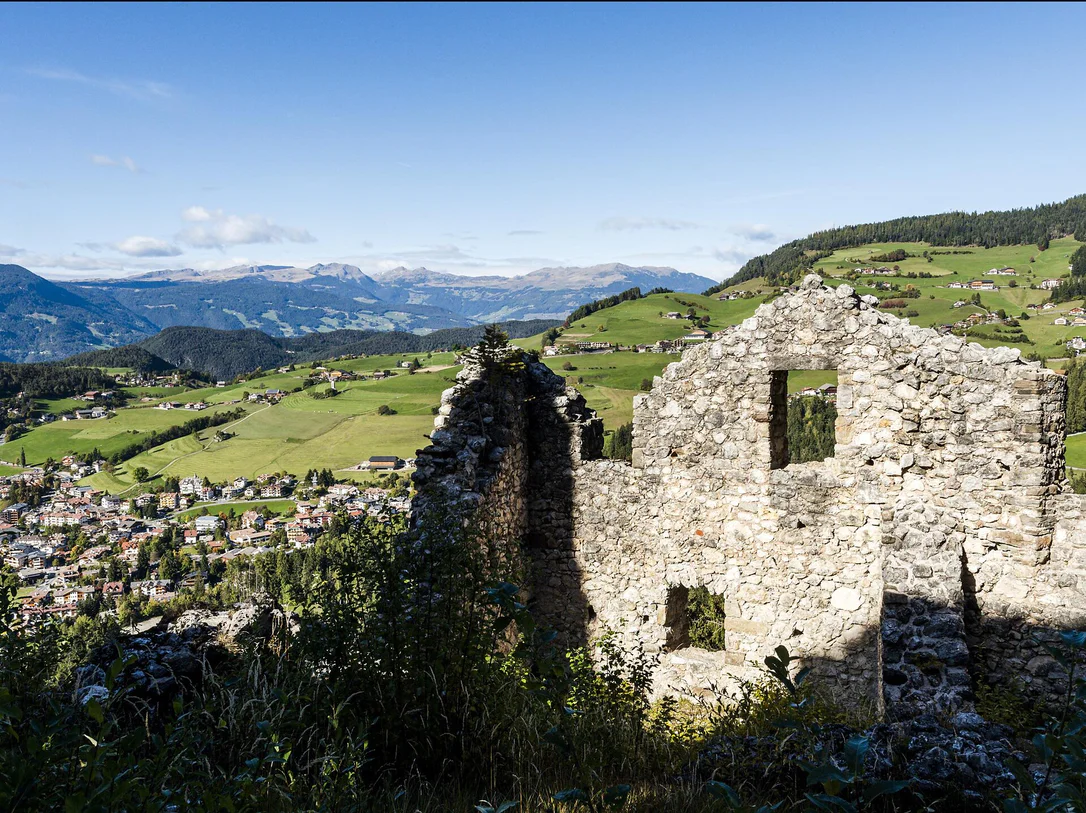St Anne´s Chapel was built on a slab of rock south of the middle of Kastelruth. This High Baroque structure was consecrated in 1724 by Kaspar Ignaz von Künigl, Prince- Bishop of Brixen. The question of who served as master builder remains unresolved, but there are stylistic similarities to church buildings by the Delai family of master builders from bolzano.



